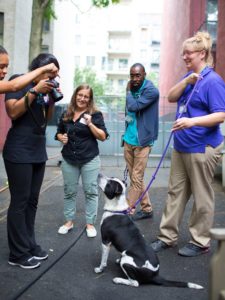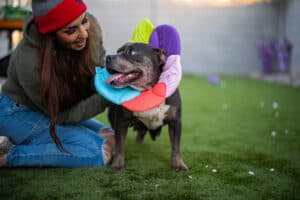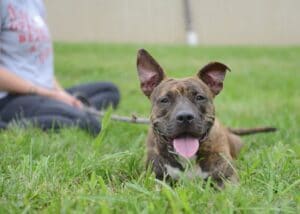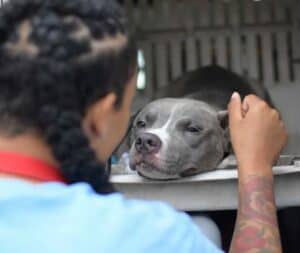Much like humans, animals won’t easily pose for the camera. Still, you can take professional pictures using the right equipment, experimenting with lighting and composition, and being patient with the subject. These tips can make you get the most of your animal photography session.
Edit Your Photos
 Whether you’re using a DLSR camera, point and shoot, or your phone, editing your photos can instantly make them look more professional. You can use programs like Lightroom (there’s even an app for your phone!) or Snapseed to edit images of your furry friends to make the entire series of images look consistent. Using presets also allows you to apply the same edits on every photo with a single click, which can speed up the process.
Whether you’re using a DLSR camera, point and shoot, or your phone, editing your photos can instantly make them look more professional. You can use programs like Lightroom (there’s even an app for your phone!) or Snapseed to edit images of your furry friends to make the entire series of images look consistent. Using presets also allows you to apply the same edits on every photo with a single click, which can speed up the process.
Blown-out highlights or shadows that are too dark can be distracting, especially on animals! By editing, you can properly showcase details and textures on the animals you’re photographing.
Choose Your Equipment Wisely
Understanding how to use your equipment is one of the best tips to have a stress-free photo session.

Animals are in a near-constant state of motion; one moment they are dozing off, the next moment they’re zooming around. Thus, you will want to use a tool that would easily let you change settings depending on the situation
Digital camera: Whether it’s a DSLR or mirrorless camera, the advantage of using digital cameras is that you can check pictures right away. They also have systems that enable you to change lenses and gain control over a range of settings.
Smartphone: Whether a smartphone is your main or backup equipment, it must have all the features you need to move quickly. Look for phones that feature a quick shutter function, control over exposure, or even a manual mode.
Lenses: Make sure to have a 50mms lens because its fixed lens can help you get very close to a subject. You can also use a zoom lens for flexible focal lengths. With that longer lens, you won’t disturb animals who may be more fearful of the camera.
Find the Best Lighting
Good lighting is essential in photography. And you don’t have to use advanced lighting setups all the time; what’s important is that you have a natural yet diffused light to capture flattering shots.

Avoid flash because it can cause a red-eye effect and even scare an animal. If you’re shooting indoors, do it in a room with a large window to get more light.
Tell a Story
At least one study shows that looking at animal photos can improve performance by 44%. The goal is to make the viewers feel something by understanding the animals even without meeting them personally. Besides, a photo becomes memorable and more professional when it conveys a story about the subject.
For example, if you’re photographing a playful cat, show how it interacts with humans through playtime. If a dog loves to sleep, show how serene it looks when snuggling under the covers.
Try Different Compositions
 These are some ways to use composition in improving your pictures.
These are some ways to use composition in improving your pictures.
Consider the background: Use props, toys, linens, or any object relevant to the animal but try to clear the space of any extra clutter to keep the focus on the pet.
Freeze the action: You’ll need to use fast shutter speeds to get well-exposed yet sharp-looking images even when an animal is on the move.
Get down on the animal’s level: Shoot at the eye level to better capture an animal’s expression. Their eyes, ears, and snout are among the most telling parts of their bodies.
Be Patient
 Photographing animals requires a lot of patience and creativity. Avoid making too much noise and minimize distractions by keeping your movements slow. If the animal feels comfortable, you’ll get more opportunities to get closer or produce decent shots.
Photographing animals requires a lot of patience and creativity. Avoid making too much noise and minimize distractions by keeping your movements slow. If the animal feels comfortable, you’ll get more opportunities to get closer or produce decent shots.
Conclusion
Taking high-quality photos of animals doesn’t have to be challenging as long as you have the right tools, best lighting, and composition techniques. With practice and patience, you can create beautiful yet professional-looking portraits of animals that will make a lasting impact!


Lovely tips we can use for our furry friends!